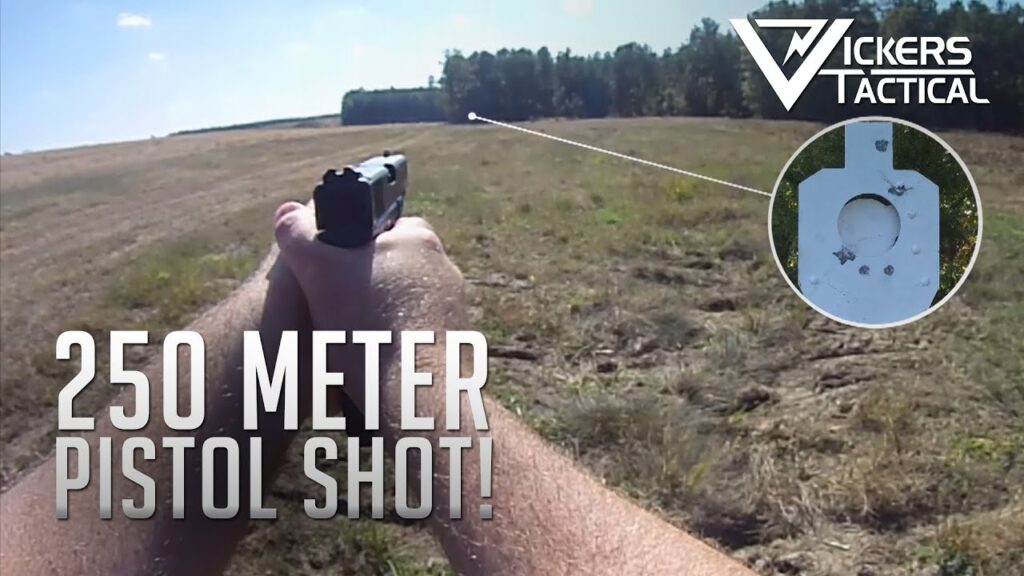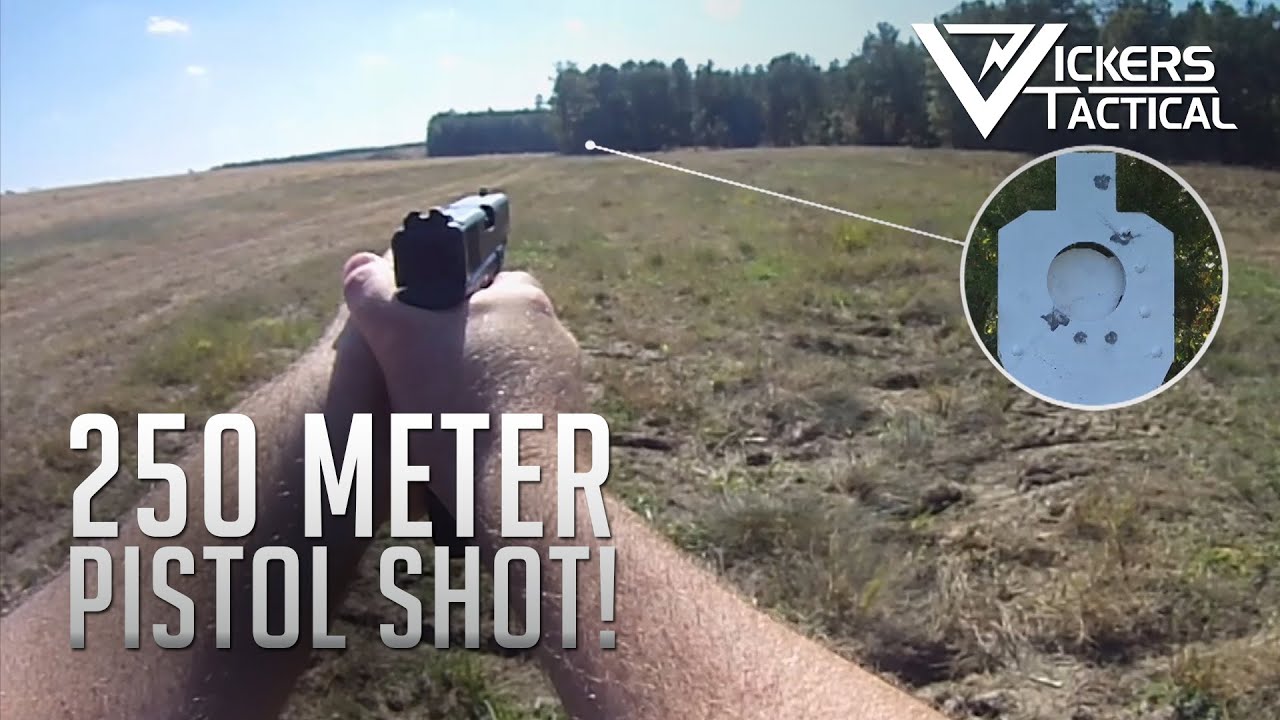
200 Yards Meaning: Understanding Distance and Its Applications
The phrase “200 yards” represents a specific unit of distance, and understanding its meaning is crucial in various contexts, from sports and construction to military applications. In simple terms, 200 yards is a measurement equal to 600 feet or approximately 182.88 meters. This article delves into the 200 yards meaning, its practical applications, historical significance, and how it compares to other common units of measurement. We will explore why this specific distance is so frequently used and what makes it a relevant benchmark in different fields.
Defining the Yard: A Foundation for Understanding
Before diving into the specifics of 200 yards, it’s essential to understand the basic unit of measurement: the yard. A yard is defined as 3 feet or 36 inches. Historically, the yard has been linked to various standards, including the length of a person’s arm or stride. Today, the international yard is precisely defined in relation to the meter, ensuring consistency across different countries and applications.
The standardization of the yard has allowed for its widespread adoption in many industries, making measurements like 200 yards universally understandable. Without this standardization, interpretations of distance could vary significantly, leading to confusion and inaccuracies.
Practical Applications of 200 Yards
The distance of 200 yards finds relevance in numerous practical applications, making it a common benchmark in sports, construction, and even military operations.
Sports
In sports, 200 yards is a frequently used distance, particularly in swimming and track and field events. For instance, a 200-yard freestyle or backstroke is a common competition length in swimming pools, especially in collegiate and high school competitions in the United States. Similarly, in track and field, the 200-meter dash (slightly longer than 200 yards) is a popular sprint event at various levels of competition.
The selection of 200 yards or its metric equivalent (200 meters) is often due to practical considerations, such as the size of the available facilities and the desire to test athletes’ speed, endurance, and technique over a moderate distance. [See also: Swimming Pool Dimensions Guide]
Construction and Landscaping
In construction and landscaping, understanding the 200 yards meaning is crucial for planning and executing projects efficiently. For example, when calculating the amount of materials needed for paving a driveway or fencing a property, knowing the dimensions in yards helps in accurate estimation and cost management. 200 yards might represent the length of a large property boundary, a significant stretch of road to be paved, or the distance between key points on a construction site.
Accurate measurements are essential to avoid material shortages or surpluses, ensuring that projects are completed on time and within budget. The ability to visualize and work with the 200 yards distance is a fundamental skill for professionals in these fields. [See also: Construction Project Management Best Practices]
Military Applications
In military contexts, the concept of 200 yards can be significant for assessing distances in tactical situations. While modern weaponry often engages targets at much greater ranges, understanding shorter distances like 200 yards remains relevant for close-quarters combat, perimeter security, and training exercises. Estimating distances quickly and accurately can be critical for making informed decisions in dynamic and high-pressure environments.
For example, a soldier might need to estimate the distance to a potential threat within a compound, or a security team might establish a 200 yards perimeter around a sensitive location. The ability to gauge distance is a vital skill honed through training and experience. [See also: Military Tactical Training Exercises]
Comparing 200 Yards to Other Units of Measurement
To further clarify the 200 yards meaning, it’s helpful to compare it to other common units of measurement.
- Feet: As mentioned earlier, 200 yards is equivalent to 600 feet. This conversion is straightforward and often used in construction and landscaping.
- Meters: 200 yards is approximately 182.88 meters. The metric system is used globally, so understanding this conversion is essential for international applications.
- Miles: A mile is significantly longer than 200 yards; there are 1760 yards in a mile. Therefore, 200 yards is roughly 0.11 miles.
- Inches: 200 yards equals 7200 inches. This conversion is useful when dealing with very precise measurements.
Understanding these comparisons provides a better sense of scale and context when working with the 200 yards measurement.
Historical Significance
The yard, and by extension, the 200 yards measurement, has a rich historical background. As a unit of length, the yard has been used for centuries in various cultures and industries. Its origins can be traced back to medieval England, where it was supposedly based on the length of King Henry I’s arm. Over time, the yard became standardized, but its historical roots highlight its long-standing importance in measuring distances and land. The continued use of 200 yards in modern applications is a testament to its enduring relevance.
Visualizing 200 Yards
One of the challenges in understanding the 200 yards meaning is visualizing the distance. Consider the length of two American football fields laid end-to-end (without the end zones). This gives a good approximate sense of the distance. Alternatively, imagine two city blocks in a typical urban environment. These visual aids can help to develop a more intuitive understanding of what 200 yards represents in real-world terms.
The Importance of Accurate Measurement
Whether in sports, construction, or military applications, accurate measurement is paramount. Errors in measurement can lead to significant problems, from miscalculations in construction projects to unfair outcomes in sporting events. Therefore, understanding units like 200 yards and ensuring precise measurements are essential for success in various fields. [See also: Importance of Measurement Accuracy in Engineering]
Using reliable tools and techniques for measurement is crucial. This includes using calibrated measuring tapes, laser rangefinders, and other precision instruments. Regular training and adherence to established protocols can also help to minimize errors and ensure consistent results.
Future Trends in Distance Measurement
As technology continues to advance, the methods of distance measurement are also evolving. Laser rangefinders, GPS devices, and drone-based surveying techniques are becoming increasingly common, offering greater accuracy and efficiency. These technologies are transforming how distances are measured and managed in various industries. Despite these advancements, the fundamental understanding of units like 200 yards remains essential for interpreting and applying the data generated by these tools.
Conclusion
Understanding the 200 yards meaning is fundamental in various fields, from sports and construction to military operations. This unit of distance provides a practical and universally understood benchmark for assessing length and planning projects. By understanding its historical context, practical applications, and comparisons to other units of measurement, individuals can gain a deeper appreciation for the importance of accurate distance measurement. Whether you’re a swimmer, a construction worker, or a military professional, having a solid grasp of the 200 yards distance will undoubtedly prove beneficial.

